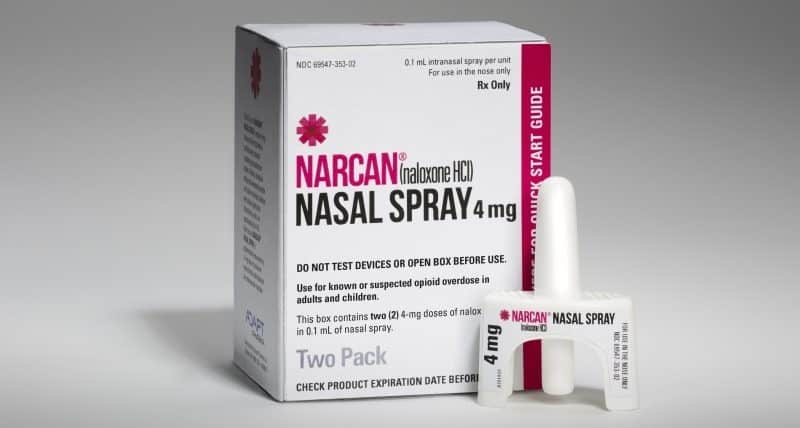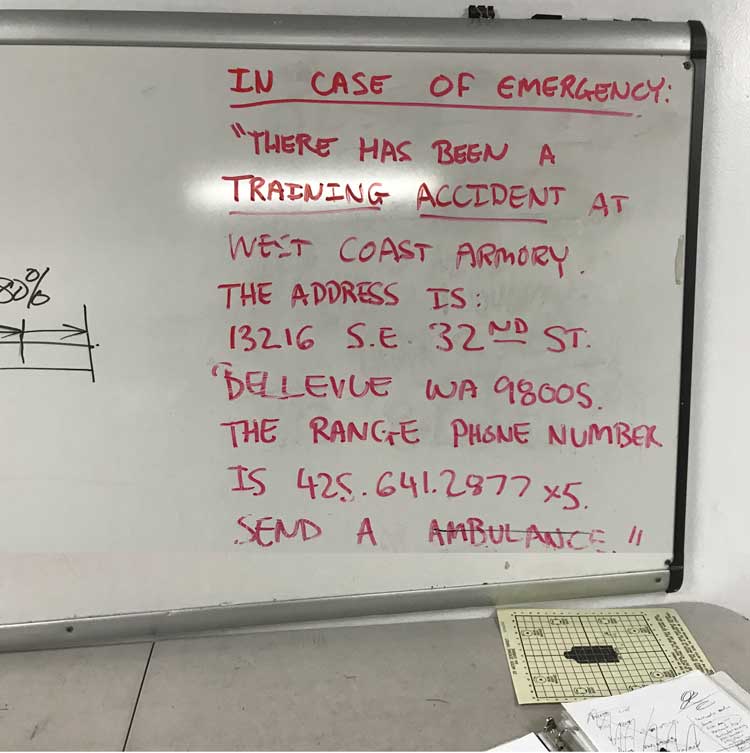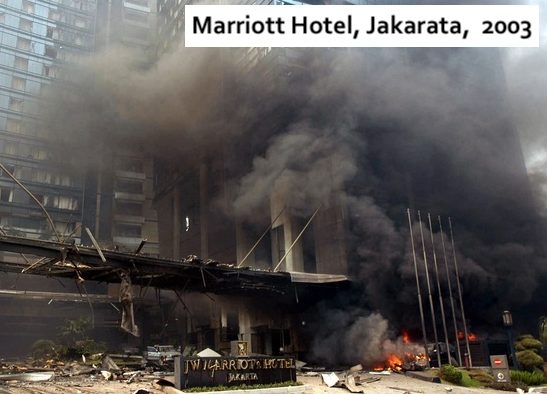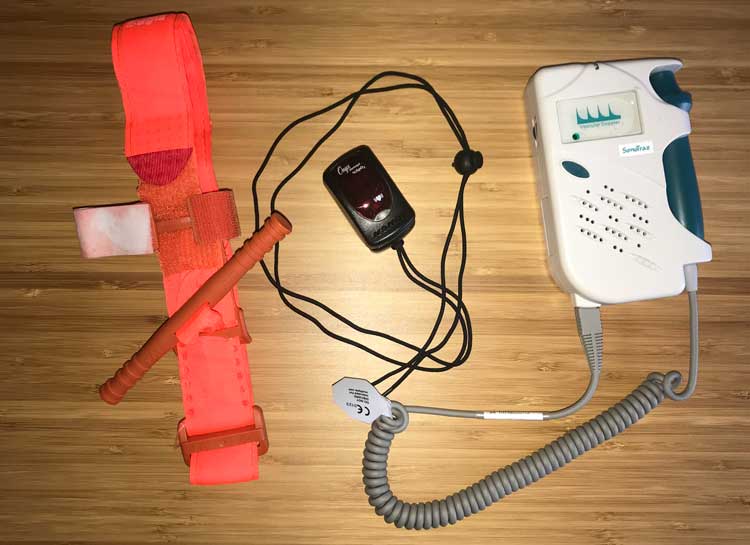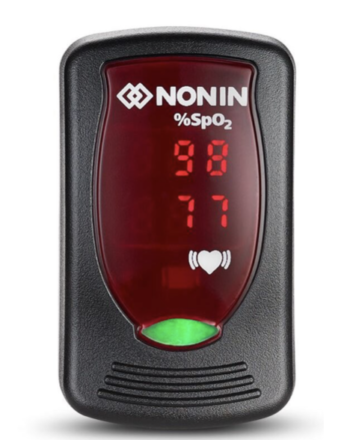🕖 Reading Time, 4 minutes In 2002, 40 to 50 heavily armed Chechens stormed the Dubrovka Theater in Moscow, taking 850 hostages. Ultimately Russian FSB retook the theater after deploying an “unknown” gas which rendered everyone in the theater unconscious. …
🕖 Reading Time, 3 minutes While helping teach a class with InSights Training Center at West Coast Armory Indoor Range, I was really impressed to see they posted emergency instructions in the event of a training accident if 911 must …
The term “junctional hemorrhage” refers to injuries and bleeding occurring at the transition zones between the extremities and the torso. 🕖 Reading Time, 4 minutes The term first appeared in the medical literature in December 2009. Although not an extremity, …
🕖 Reading Time, 5 minutes There is nothing like a brief stay in recently war-torn Portland, Oregon, to force you to rethink your security and tactical medical support plan in a high-risk environment. If you consider yourself a competent tactical …
🕖 Reading Time, 5 minutes BLUF:* Is there a role for using a fingertip pulse oximeter as a training tool for tourniquet placement? We believe the answer is no. Considering the relative expense of a quality, FDA approved model pulse ox, a …
🕖 Reading Time, 5 minutes BLUF*: For the pulse oximeter’s O2 saturation reading to be valid, the device must also be consistently identifying the patient’s pulse. If the pulse waveform or notation isn’t steady, the oxygen reading isn’t valid. Fingertip …

